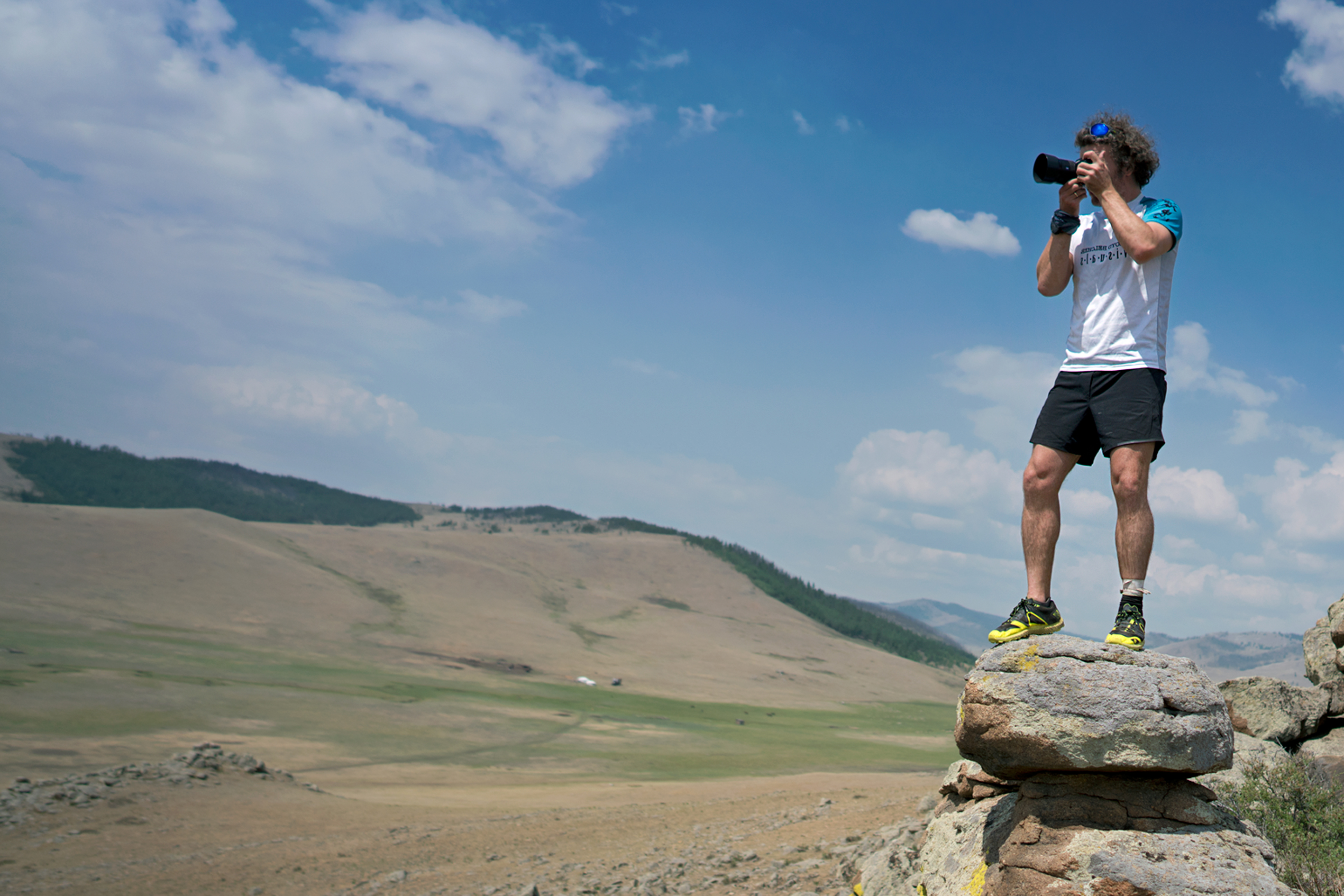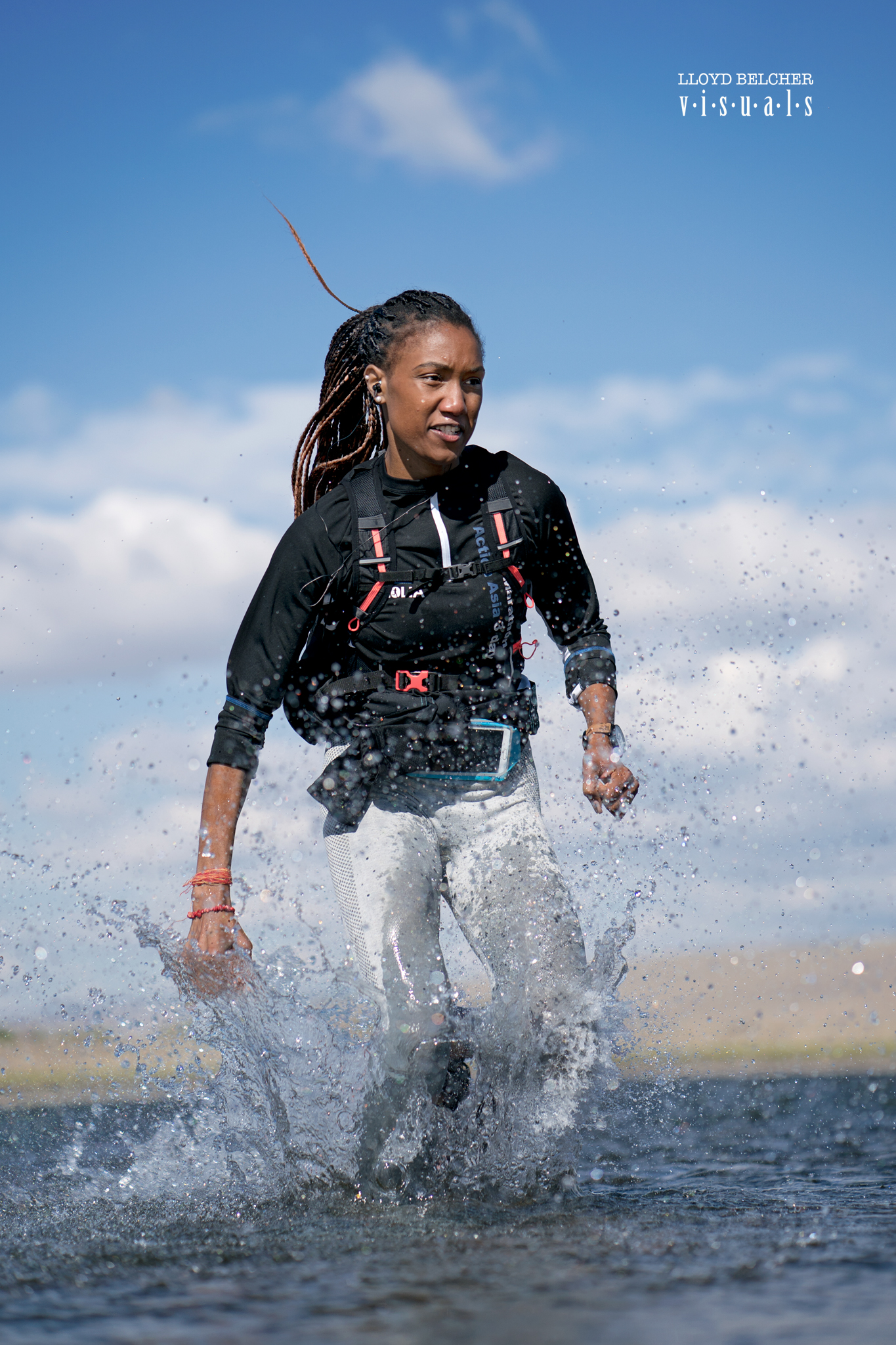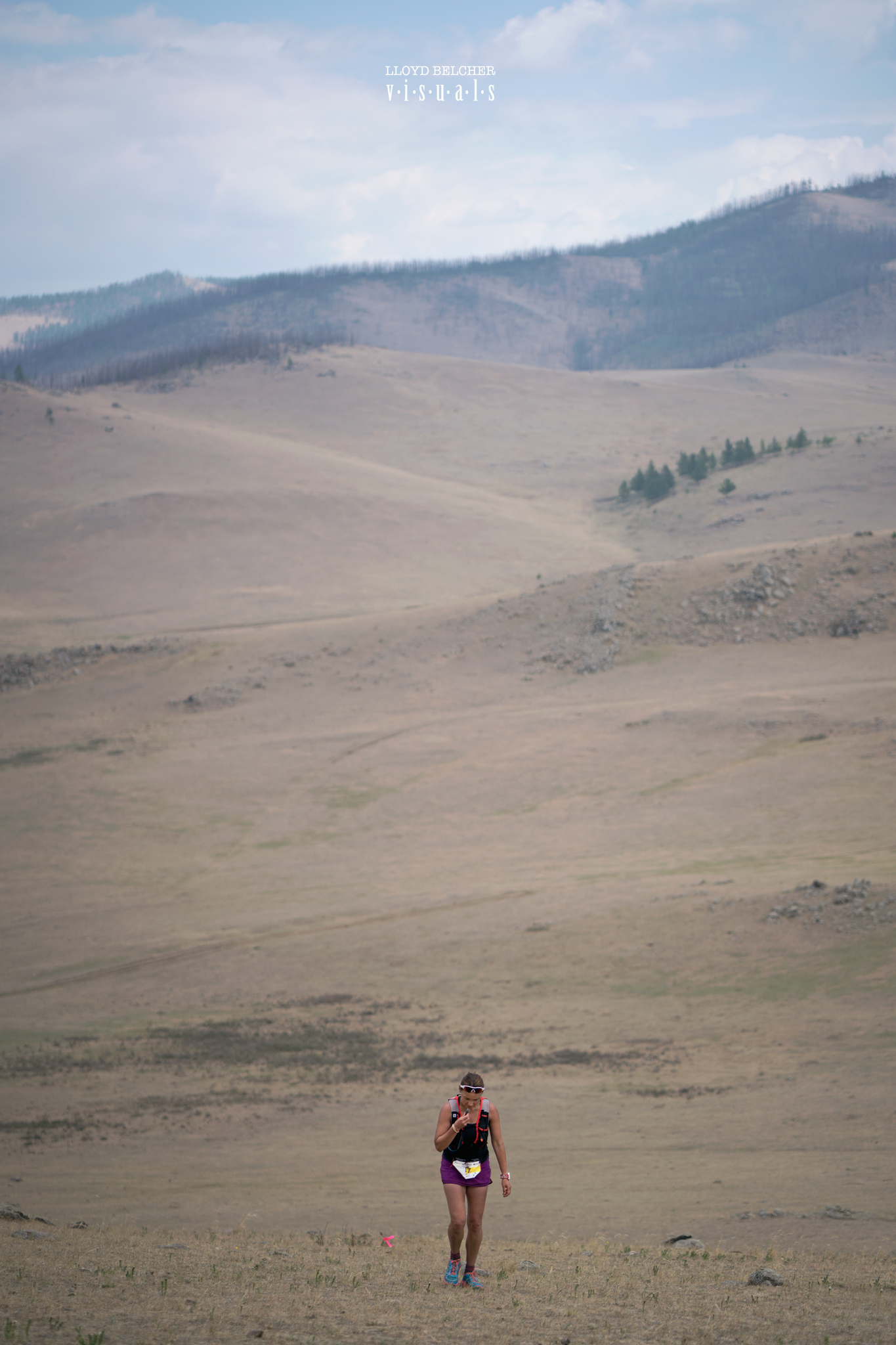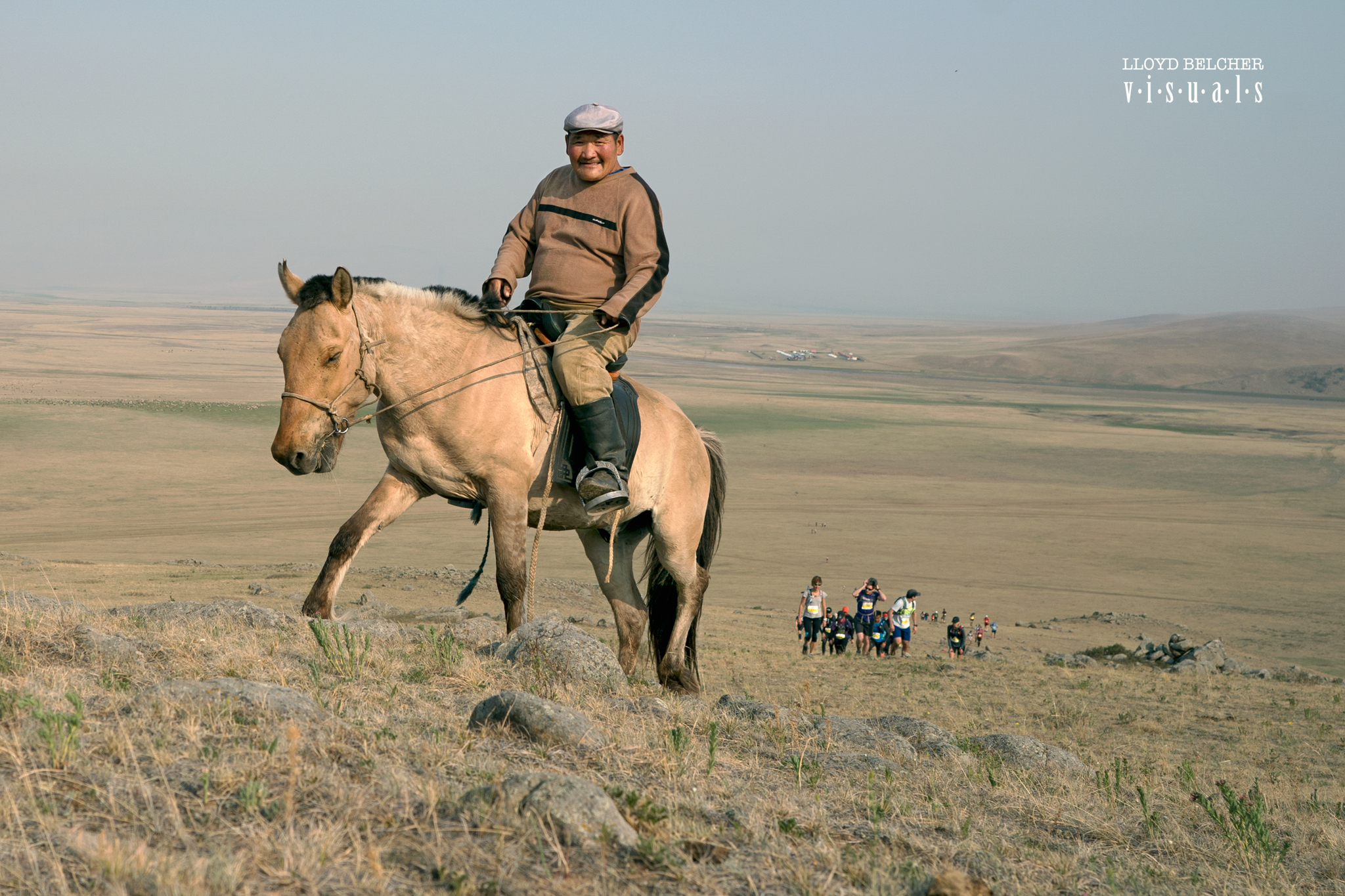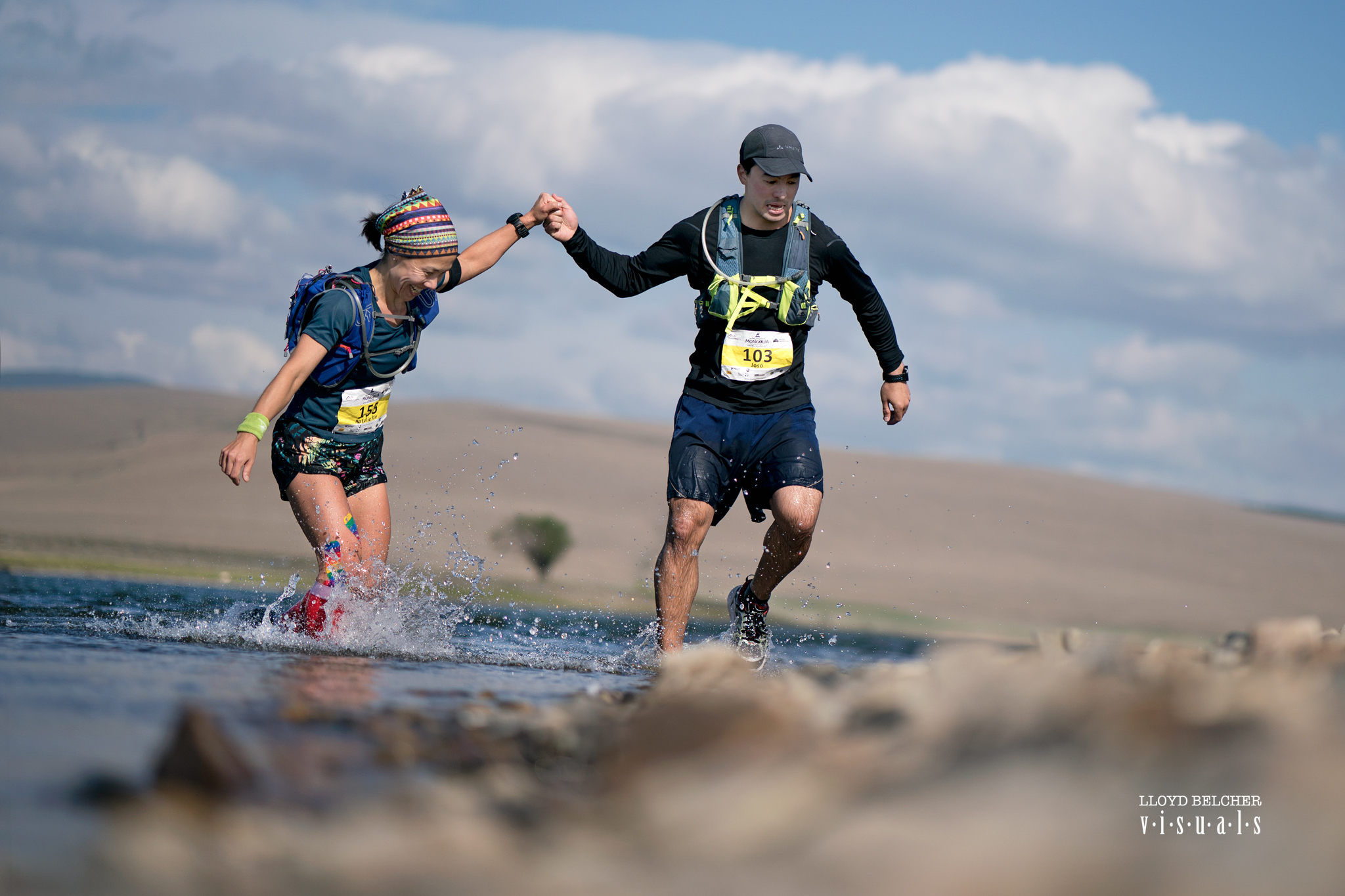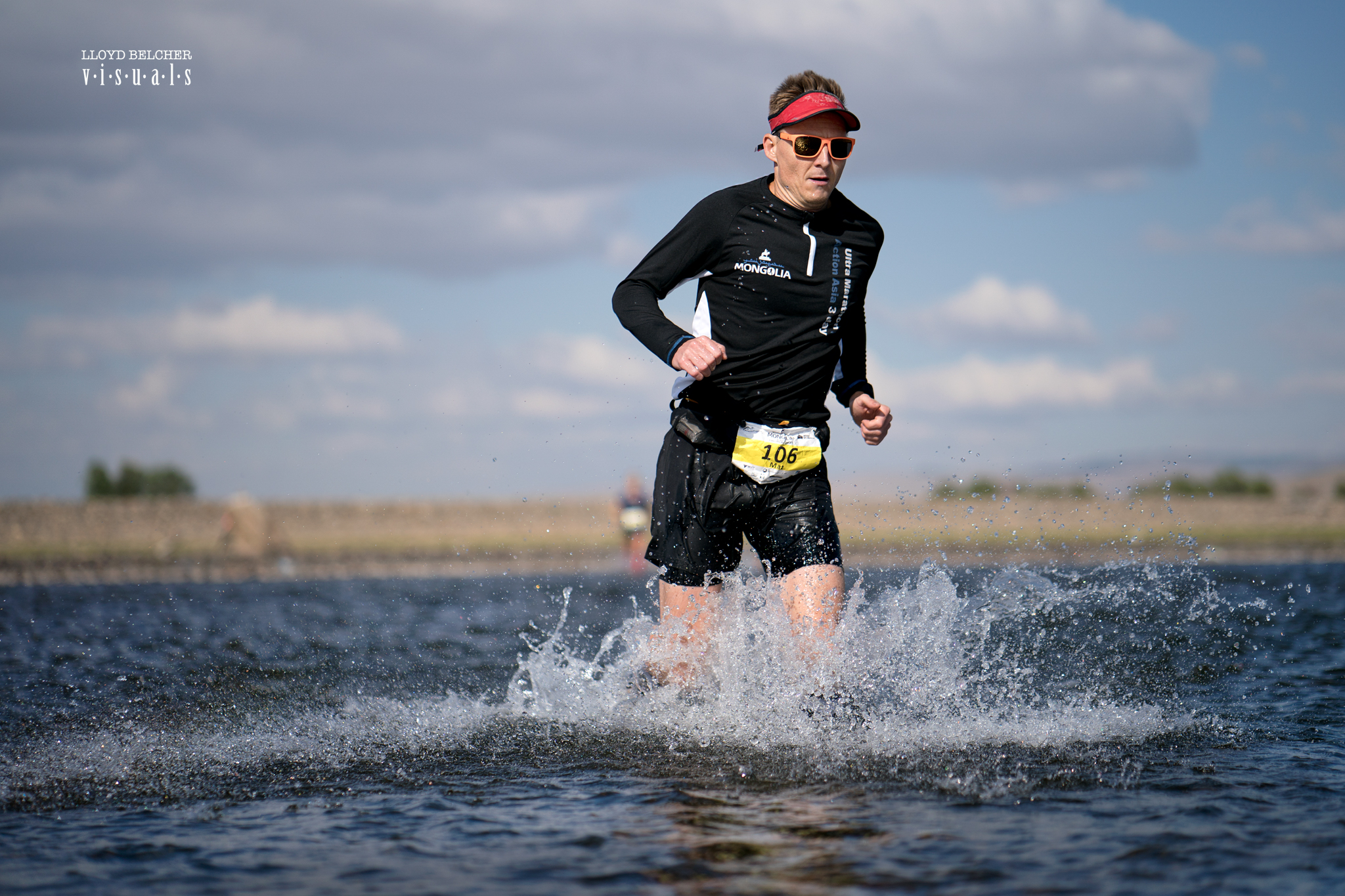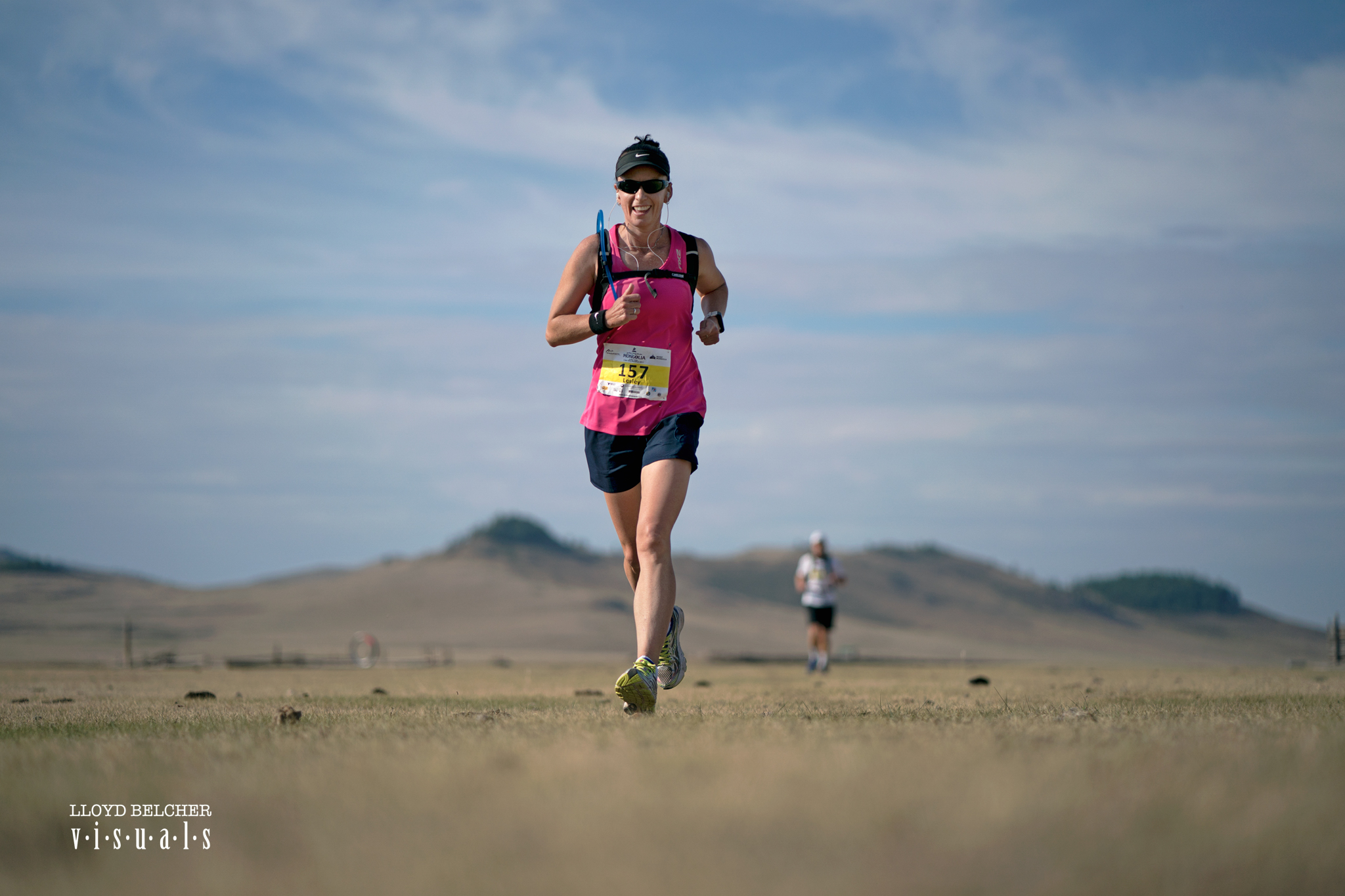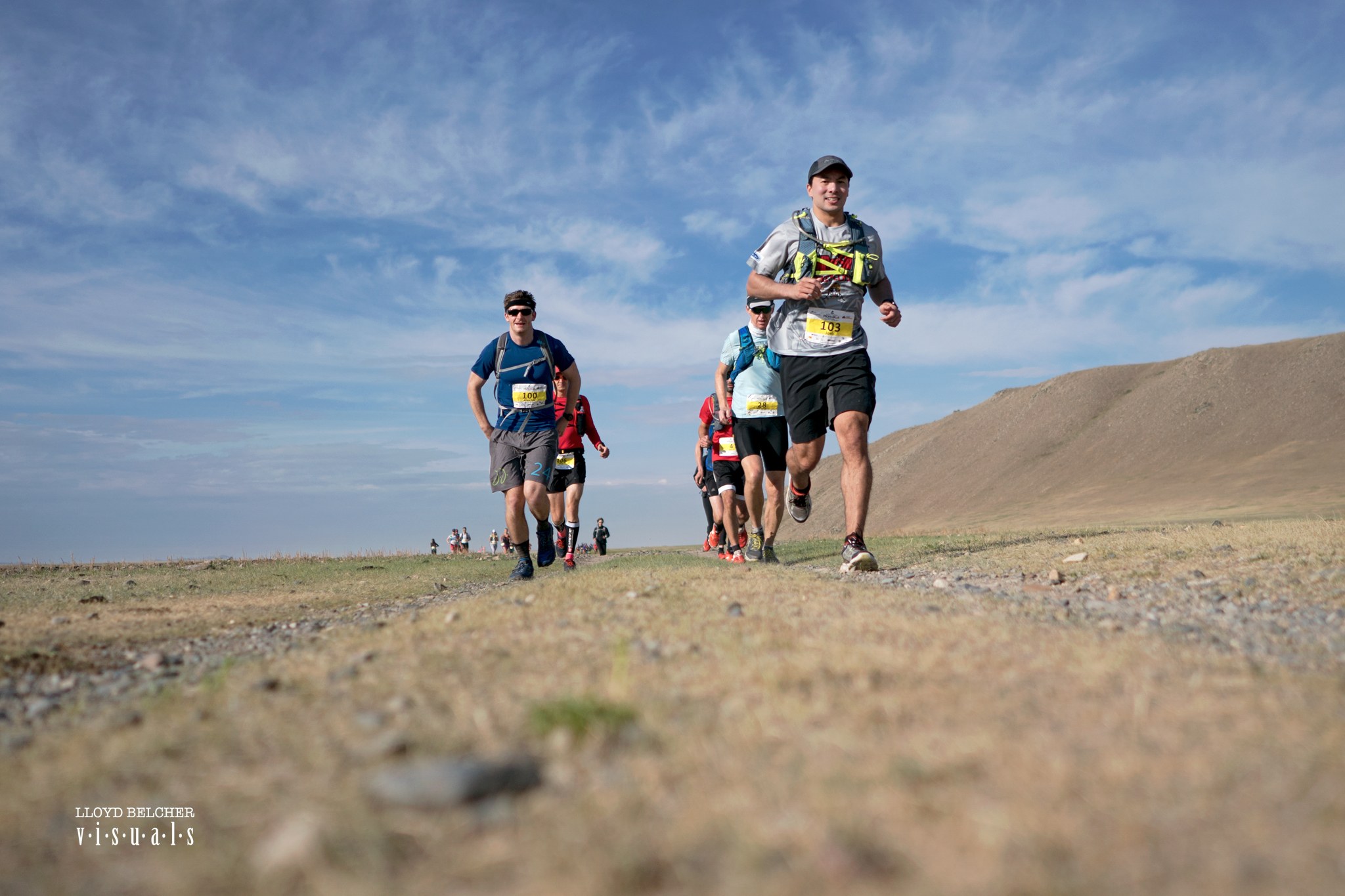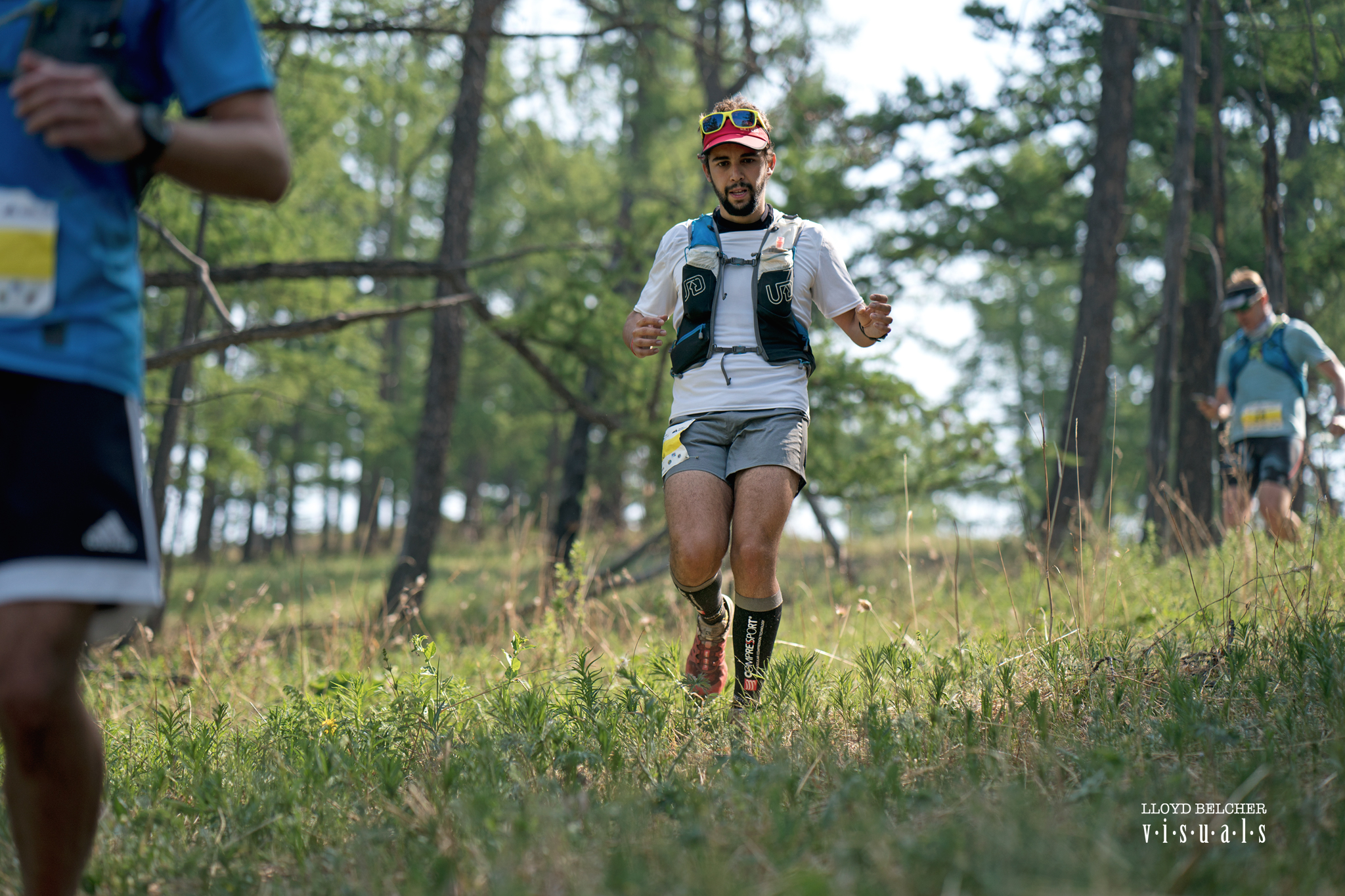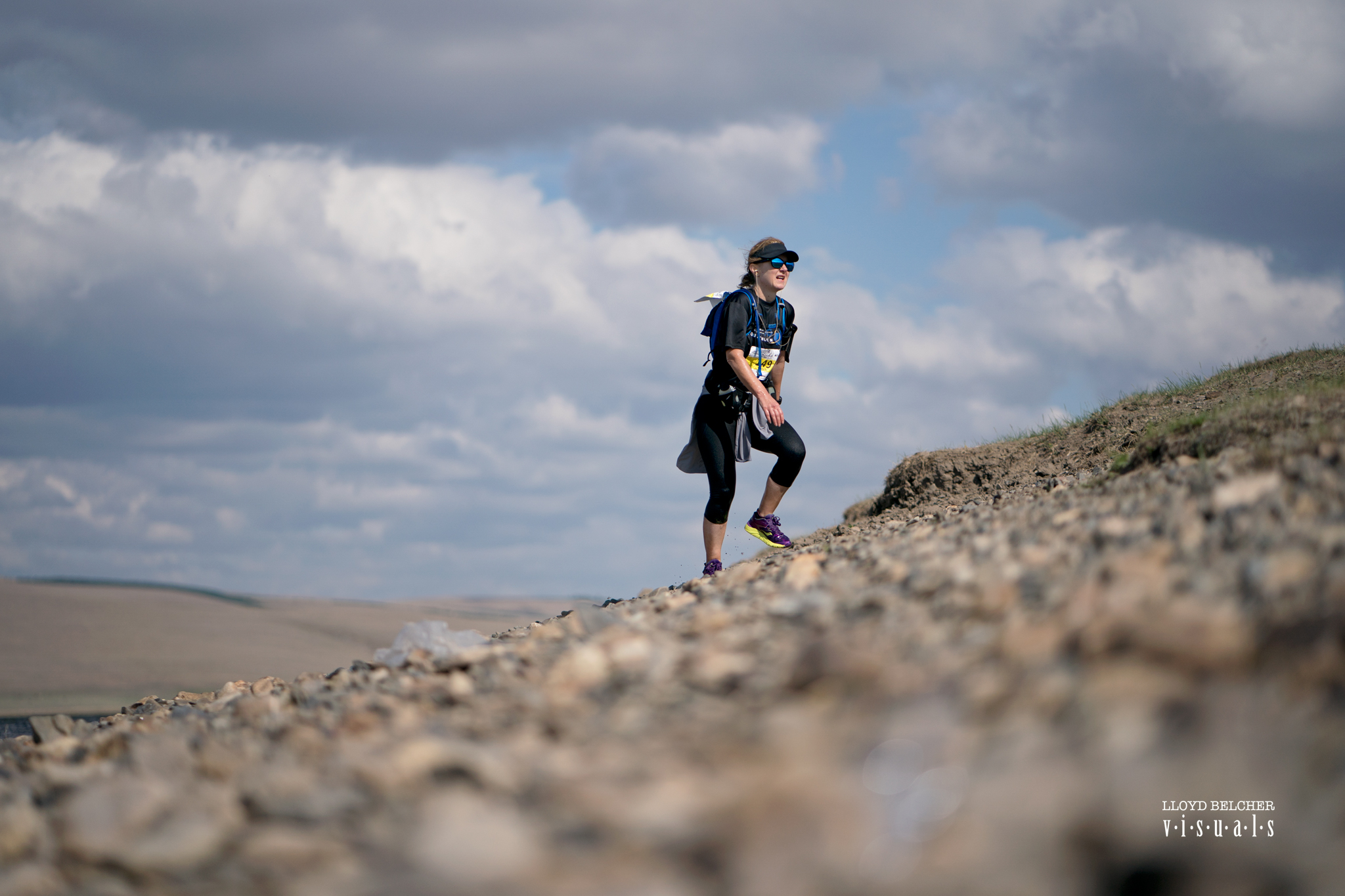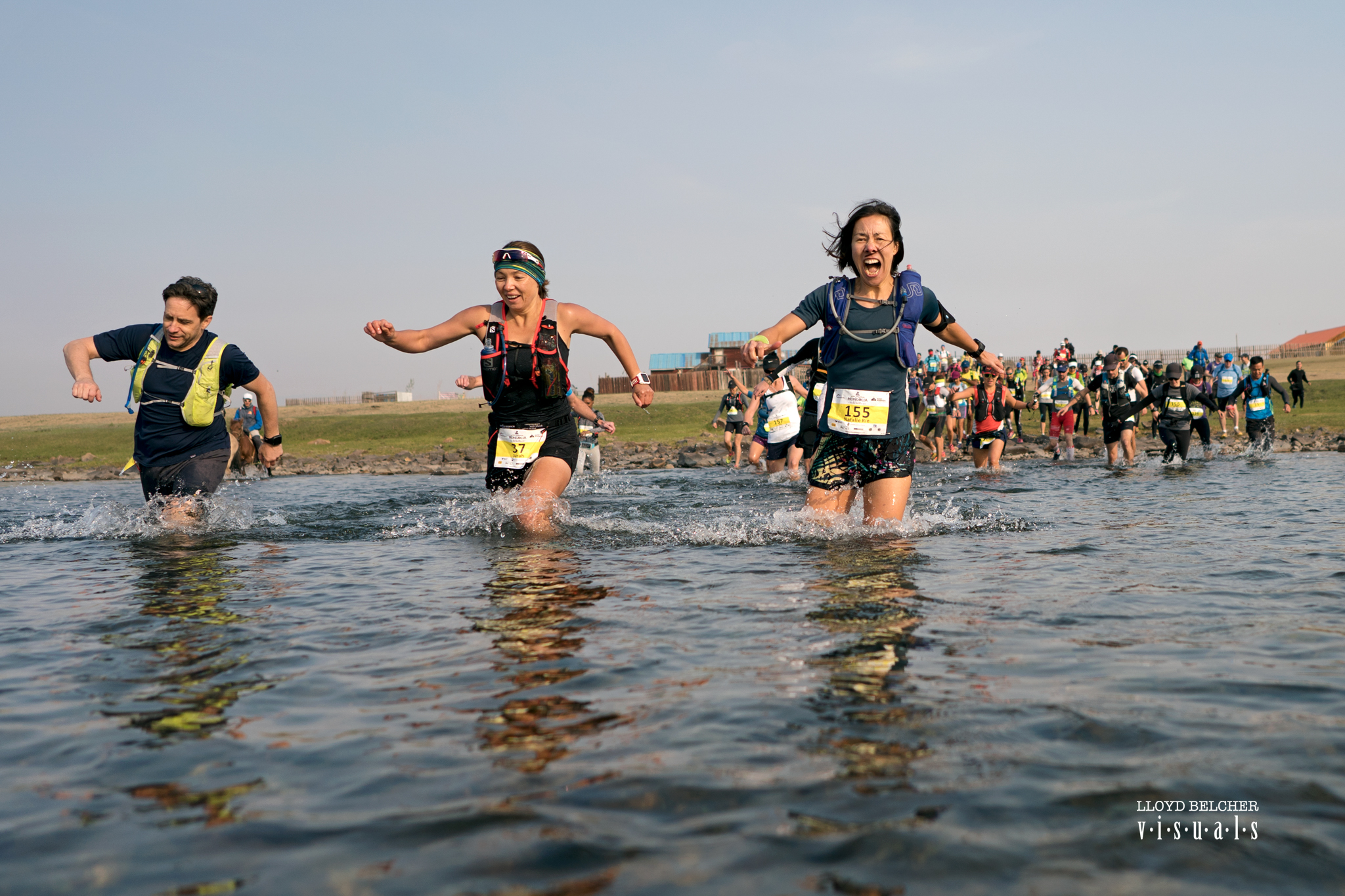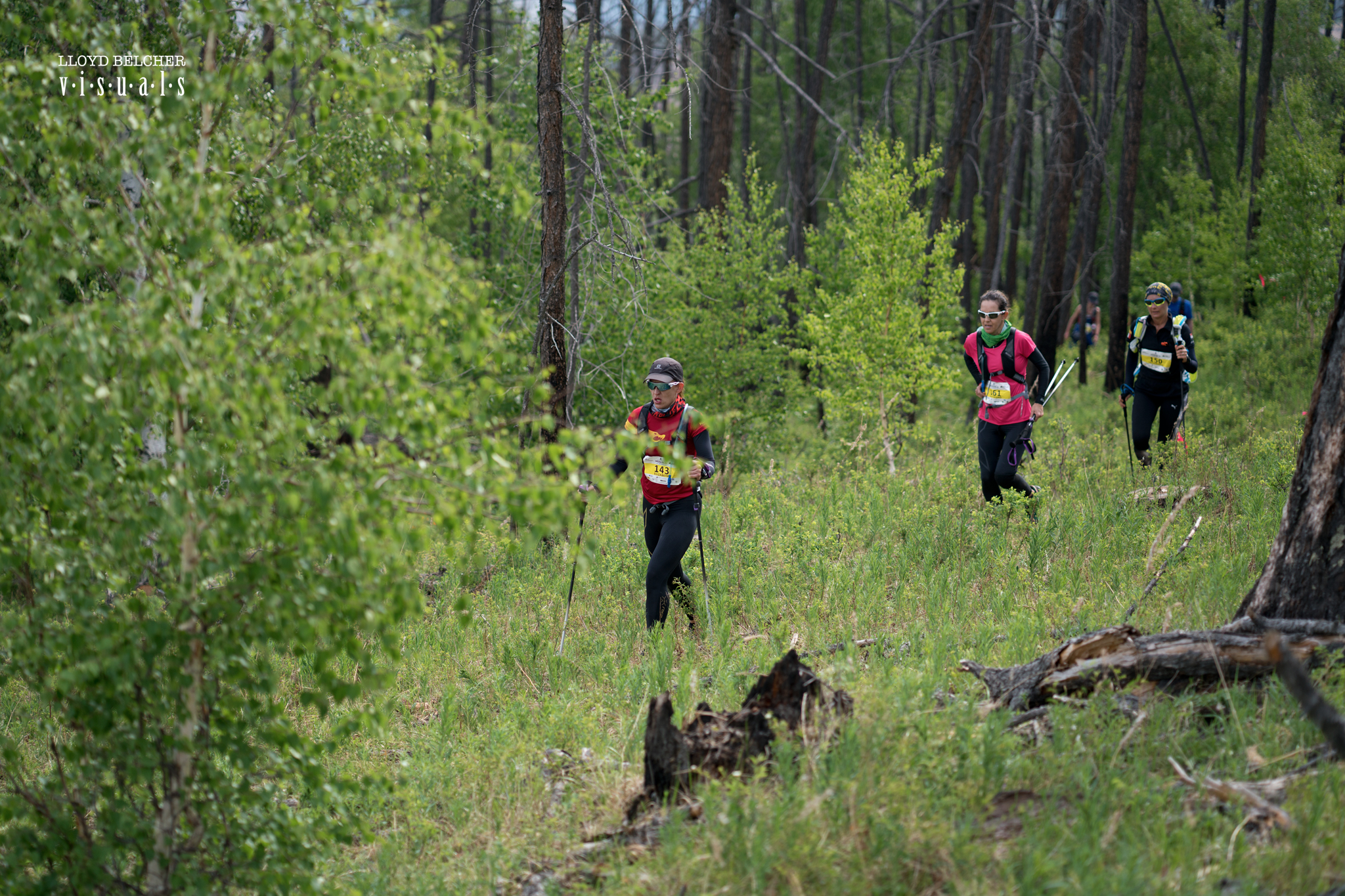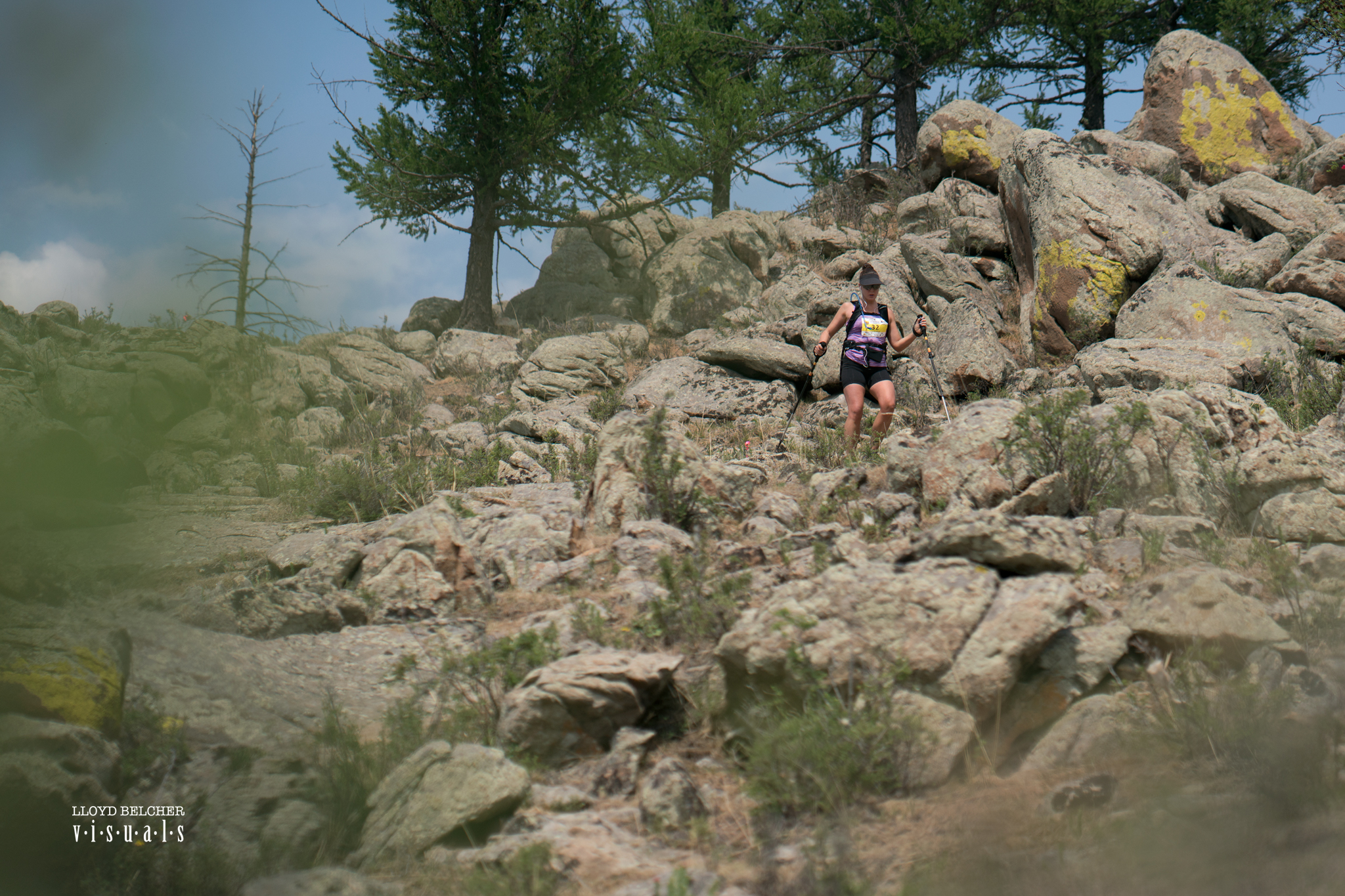So here it is. My first ever camera review. I’m not sure if I’ll make this a habit as this was pretty time consuming but I have been asked about the A9 by a lot of people, after hearing that I got hold of one to shoot with. What follows are my opinions based on practical experience of using the A9 that could be helpful if you are one of the many that are considering to buy this camera.
Before I launch into the review, I want to say ‘thank you’ to Sony Hong Kong for bravely loaning a spanking new A9 to me to take away & test in Hong Kong, Malaysia & Mongolia on 3 weeks of assignments where I got to put this camera through it’s paces in some tough circumstances. Despite a motorbike crash in Mongolia while shooting with the A9, I was relieved to return the camera back to Sony in one piece & unscathed (although I ended up with a torn hamstring & a broken tooth). From the Malaysian jungles to the vast plains of Mongolia, I managed to put the A9 through it’s paces in varying terrain during real event assignments and so hopefully this review gives an insight into the handling of this camera in challenging, real life sports photography situations.
The Elephant in the Review Room – Bias & Sponsorship
Before I get started, let’s first deal with the elephant in the room when it comes to reviews – the burning question of sponsorship & bias. These are key considerations in this youtube world of reviews that are often by those who have ties to the brand in question. You don’t have to be a genius in research evaluation to realise that a healthy dose of scepticism would not go amiss when considering a lot of ‘reviews’ that are out there. If you don’t yet, then please always question the ties between a reviewer & a product – whether it be a magazine or athlete reviewing a running shoe or photographer with a camera. I intend to be impartial with all that follows but I like others have my own biases and so will make those clear when relevant. I like to think that most of these biases are based on my own preferences that are born out of shooting style rather than brand allegiance but I’m human and am not immune to canny marketing.
So where do I stand with Sony? Well, they reached out to me & offered to take the A9 & ASII out on loan. Sony did not ask me to write this review & there was no obligation on my part to do this as part of the A9 loan. I am not sponsored by Sony and the Sony cameras & lenses that I own [Sony A7RII & FS100] are 100% paid for out of my own pocket. I filmed about 80% of ‘Mira’ [trailer below] on the Sony FS100 but I own Canon DSLRs, Nikon SLRs, Mamiya medium format and a range of different branded camera equipment.
I have always felt strongly about being free to pick the best tool for the job, and being free of camera brand obligations is a path that I have chosen for the time being. I have other sponsors [Peak Design & Matador] who provide top notch camera & adventure gear. But when it comes to camera bodies & lenses, I have avoided sponsorship up until now. What does that mean? As far as I am concerned, I am under no obligation to write anything here other than my genuine thoughts about the A9 & am free of brand expectations including any from Sony.
Why am I interested in the A9 & will I buy it?
The appeal of the A9 for me is that I am looking for a lightweight camera to be my ‘A’ camera for events. I started trying the Fujifilm X100T a few years ago & shot the Hong Kong Four Ultra Trails [298km] 2014 with it, but quickly realised that it would not fit the bill & so have stuck with heavy DSLRs until the right lightweight camera came along. My event shooting work involves running long distances with equipment in remote areas and so for me, every single gram counts. A camera & accompanying lenses are the heaviest part of my kit as I run to shoot ultra races. I have recently shot 298km [Hong Kong 4 Trails Ultra Challenge] 100km [Vibram HK100], 50 miles & 50km races [The 9 Dragons] with my A7RII and over the next few months will be shooting ultra running races from France, Italy & Switzerland to China & so I purposely bought the A7RII for these kind of events. The A7RII is in my opinion a very good camera but I set the bar high for myself as well as my equipment & reckon that it is not quite where I want my event shooting camera to be. I’m still looking….
Video: Shooting the 9 Dragons Ultra Race with the Sony A7RII
Running big distances over the years with heavy DSLRs such as the Canon 5dmk3 that is my usual workhorse has been a tough ask & Sony definitely had my attention when they started developing their mirrorless Alpha camera range. But is the A9 going to replace my A7RII as my ‘A’ camera? I will answer this at the end of this review but if you really can’t wait to find out whether I decided to buy the A9 or not then you can skip to the Verdict section at the end.
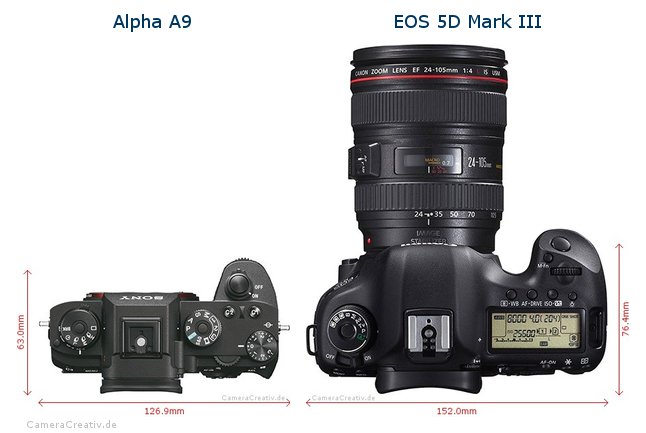
Review Format
I’ll split this review into the following parts:
- Intro summary – Bias, Buzz & Who For?
- Technical Specifications
- In the field Performance: Speed | Silence of Shutter | Ergonomics | Battery Life | Overheating | Stabilisation | Weather Proofing | Menu System
- Picture Quality
- Verdict
I would like to consider myself a ‘hands on’ reviewer for this very first review & so will concentrate on the nuts & bolts of the A9 that is based on practical experience rather than commenting on theoretical aspects of this camera that I did not test. When I read reviews, I am most interested in honest feedback on practical handling of the camera as well as seeing images shot on the camera in question & so I’ll concentrate on both of these ingredients here.
So what is the buzz about the A9?
It is clear that Sony has been listening & took on board a lot of suggestions & user feedback from previous models when working on the A9. Listening & innovating are always good qualities when you consider the future of any brand. Even though I use Canon DSLRs for most commercial non-event assignments, the lack of innovation & taking on board user feedback by Canon is headbangingly frustrating & I wonder how much longer they will be the choice of pro shooters like me while they hold fast to this blinkered approach when other brands like Sony are innovating.
Who are Sony aiming the A9 at?
Although, the capabilities will appeal to a wide range of photographers from the wedding and street photographers who will love the silent shooting mode, it is clear that Sony are pitching the A9 at the pro sports photographers. Their release marketing strategy was pitched straight at the pro sports shooting crowd to which I belong. This is a good move as there are many of us looking for alternatives to our bulky DSLRs.
Like other camera geeks, I waited impatiently for the A9 specs to be announced. We all have our pet preferences that comes at the top of our wish lists & so I’ve underlined those features that REALLY caught my attention:
Technical Specifications
- Full-frame stacked CMOS sensor, 24.2MP
- 20fps shooting with autofocus at 60 times per second
- 3,686K-dot electronic viewfinder with 120fps refresh rate
- Extended battery life
- Tilt-angle touchscreen, 1,440,000 dots
- Dual SD cards
- Completely silent vibration free shutter
- No viewfinder blackout
- 1/32000 shutter speed
- 5 axis body stabilization
- Autofocus 693 autofocus points covering over 90% of the frame
- Ethernet port for file transfer
- BIONZ x
- Weight: 673g
- AF tracking for over 200 RAW files
- 4K video and 120 fps shooting at HD
The Engine – The stacked CMOS sensor
There’s a lot that could be written about the above specs but the one that immediately caught my attention when I heard about the A9 was the stacked CMOS sensor. This appeals to my geekiness and please skip this part if you’re not that way inclined but if you’re still reading, let me indulge just a wee bit: The sensor is the camera’s engine. It’s like the processor in your computer. Once you’ve bought it, you are locked in and can’t upgrade. In simple lingo: You are bound in camera capability by the sensor as it impacts all other parts of the camera.
A crucial result of having a ‘stacked’ CMOS sensor like the A9 possesses is that the memory modules/high-speed processing circuit as well as the processing engine are all lined up behind the image sensor. Still with me? Well, this canny piece of engineering design means that the image data goes directly through the very heart of that sensor & not around it.
This is absolutely key as this direct route results in a lightning fast ability to read data which is why the A9 is able to shoot at a very sweet speed of 20 fps. I will talk about the speed later on but at this point it is worth saying that I am not a ‘spray & pray’ kind of shooter & those who work with me know how deliberately slow I can be even though I am a sports photographer. During the testing of this camera, I rarely opted for this blistering 20 fps option & went with slower shooting speeds. But the fact that 20 fps is an option, is a plus. Options are good & there are plenty of shooters out there who will embrace this feature. I might only rarely choose this option but welcome the fact that the choice is given to me.
Going back to sensor geekiness – the stacked sensor design also allows the A9 to make 60 AF/AE tracking calculations every second & with the light gathering components now being much closer to the sensor, it means better noise management [that’s’ pixel noise rather than the death metal type] & harnessing light near the corners. Simply put, this is mind blowing & impressive science. Take a bow Sony.
In the Field Performance:
Malaysia
After picking up the A9, the first test location was a patch of jungle terrain in Johor for 3 hours in 35 degrees celsius. My daughter Anya [who is a budding shooter] took the A9 through it’s paces while I ran around as the subject. Here are some images that came out of this first test spin: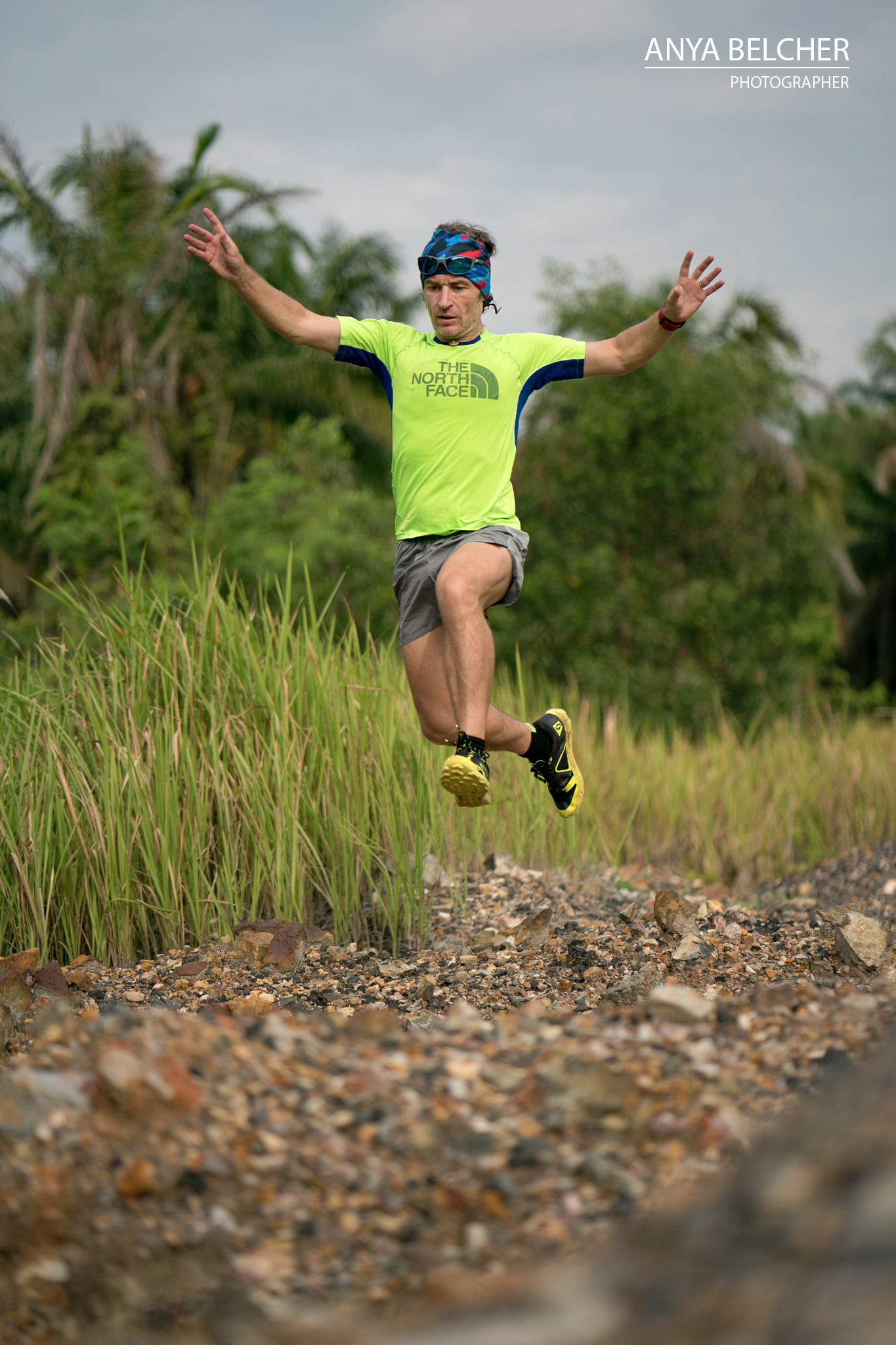
During this first test spin, we were both impressed with the shooting speed, no blackout & the auto focus that was spot on most of the time when I was moving at high speed with a very low attrition rate of missed focus. However, there were instances of missed shots when ‘shooting through’ vegetation. In these circumstances, it was better to opt for a smaller dedicated focus area. I found this to certainly be the case when I was shooting in Mongolia on the next assignment where I had a higher than normal amount of missed shots but this was mainly due to having shorter focal length glass [25 & 85] for the shots that were misfiring and the subject really needed glass in the range of 70-200 to be aimed at them & negate the closer objects that were demanding the attention of the auto focus.
I have noticed that most of the initial reviews that came out with tests by sports photographers who were invited by Sony were in environments such as athletic stadiums or boxing rings. The lack of competing moving foreground objects in these kind of environments will help the auto focus ability to track the target but I tend to work in vast natural environments such as mountains where there are all kinds of moving objects that will demand the auto focus’s attention when trying more creative compositions such as using vegetation for framing.
On the plus side, the images were sharp with impressive colour tones. Obviously, a camera body is at the mercy of the glass you put on it & for all assignments where the A9 was used, I used just 2 lenses:
- Zeiss Batis 25/2
- Zeiss Batis 85/1.8
Unfortunately, Sony in Hong Kong were unable to loan me a GMaster 70-200/2.8 as they did not have one available but it wasn’t a big deal as I shoot 98% of my images on primes. As I mentioned, every gram counts when I’m shooting events & so just 2 pieces of glass works most of the time for me.
Mongolia
Before I launch into my thoughts about how the A9 performed while I was on assignment in Mongolia then check out the below video for the context of how I used the A9 there:
Following are the A9 features that I were the most noticeable when shooting in Mongolia:
Speed:
The first thing that was obvious to me was the firing speed of this camera. The bar has been raised with this 20 fps ability. But as I mentioned, I am not a ‘spray & pray’ kind of shooter and turned the shooting speed function down after a few minutes of shooting at the maximum high speed. I broke out in cold sweat just thinking about having to deal with all of those ‘spray images’ after the event. Decidedly unappealing when time is of the essence to me in the hours after events working to tight image deadlines.
The faster UHS-II SD allows this rapid shooting speed & I was impressed that there was no blackout in the EV finder while shooting. The A9 has two SD card slots but I do wish that Sony had gone with both card slots being UHS-II rather than having one still allocated for standard SD. Even though the UHS-II is impressive, I am curious as to why Sony did not opt for the XQD card format that is even faster. Maybe somebody at Sony or out there has the answer to this. It is intriguing seeing as Sony helped develop XQD and Nikon have embraced it with both the D5 and D500. There might very well be a technical or otherwise explanation, but so far I can’t understand the rationale with this.
Silence of shutter
This was another obvious difference to the A7RII that I am used to shooting with. The shutter noise is far more muted at normal function & when you listen to the sound in the video I shot with the Go Pro mounted on the A9 in Mongolia and compare that with the below video I shot with the exact same method for the Hong Kong 100 Ultra Marathon where I used the A7RII, then you can hear the difference.
Ergonomics
I like the ergonomics of the A9 but then again, I am used to the A7RII and although it is fractionally bulkier in size [63mm versus 60.3mm] & weighing 673g (91g more than the A7R II). I have already been through that period of time needed to adjust to holding these small mirrorless cameras while running.
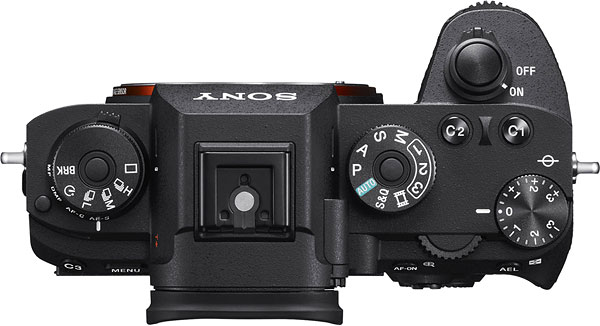
I recall the concern I had at first when running with the A7RII, as it felt too light to the point that I was worried that it would fly out of my grip while running. Suffice to say, grip is essential for the kind of work I do and I never once dropped the A9 [or the A7RII] when jumping over rocks, through vegetation & through rivers. The A9 has a marginally deeper handgrip & makes for a secure hold. I don’t use battery grips at all on any of my cameras and felt the weight distribution was good for my use in Mongolia. However, this is helped by the fact that I use 2 primes & so the weight was not as front heavy as it would have been if I had used a longer, heavier lens such as the GMaster 70-200.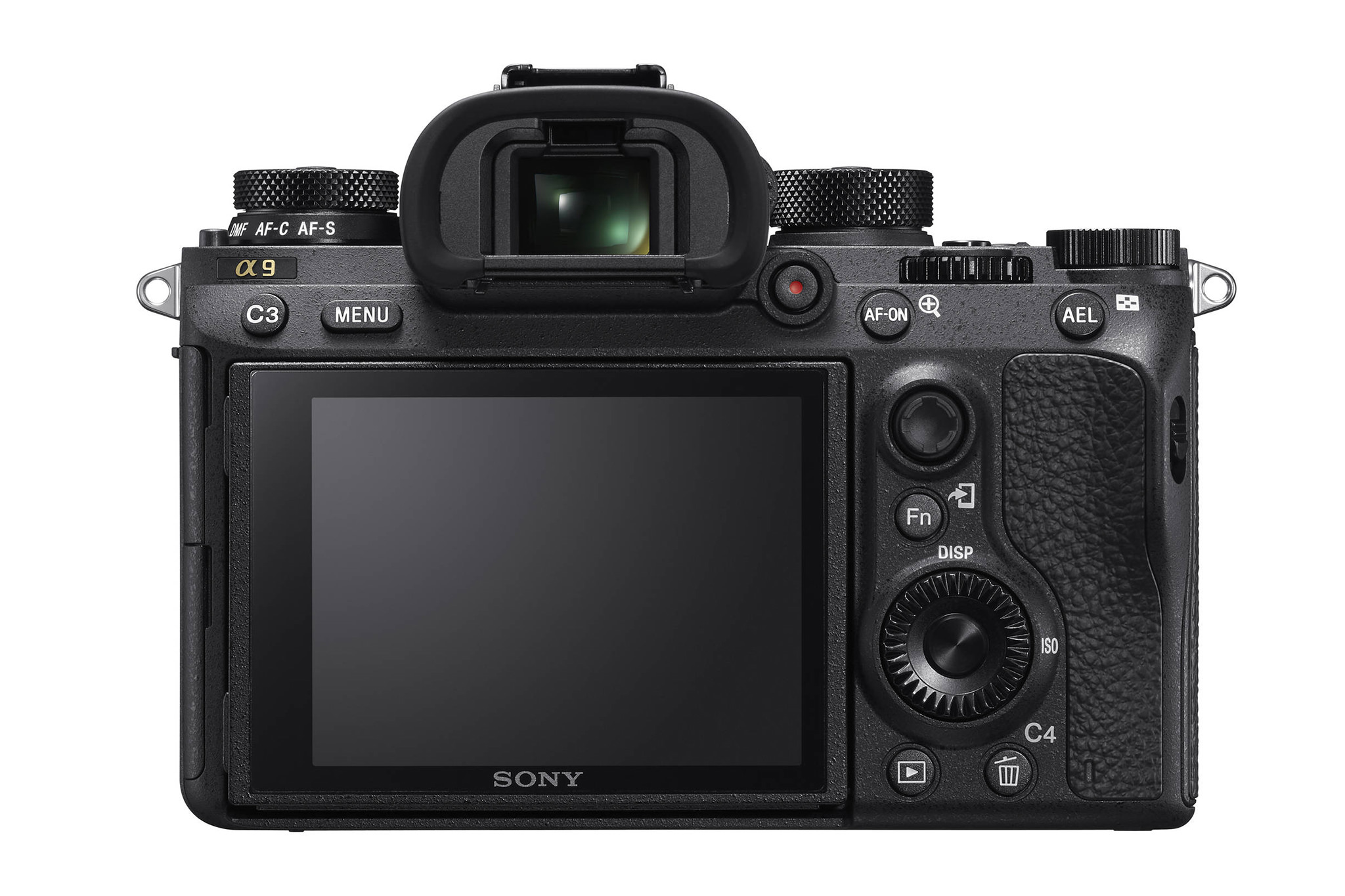 The functions are well thought through & 2 particular revisions for the A9 were noticeable when compared to the A7RII. The drive and autofocus mode dials on the left hand side top of the camera & the navigational joystick above the menu on the right are welcome additions & although I appreciated them while quickly handling the camera under pressure, I would have preferred it if the mode dial locks were of a ‘toggle’ design rather than the ‘press-and-turn’ type that has been chosen by Sony. The same applies to the AF mode dial’s unlocking mechanism. The handy flip out screen now has 1.44M dots [800 x 600 resolution] but for the price tag that the A9 commands I would expect something in line with the 2.4M-dot screen that the Nikon D5 has. Whereas the new viewfinder is a step up from previous Sony cameras with a beefy 3.7M dots.
The functions are well thought through & 2 particular revisions for the A9 were noticeable when compared to the A7RII. The drive and autofocus mode dials on the left hand side top of the camera & the navigational joystick above the menu on the right are welcome additions & although I appreciated them while quickly handling the camera under pressure, I would have preferred it if the mode dial locks were of a ‘toggle’ design rather than the ‘press-and-turn’ type that has been chosen by Sony. The same applies to the AF mode dial’s unlocking mechanism. The handy flip out screen now has 1.44M dots [800 x 600 resolution] but for the price tag that the A9 commands I would expect something in line with the 2.4M-dot screen that the Nikon D5 has. Whereas the new viewfinder is a step up from previous Sony cameras with a beefy 3.7M dots.
Battery life
This was another impressive feature that I noticed during the first day of shooting. Sony claim to have increased the battery life by 40% with the introduction of the ‘Z’ series battery for the A9 and I reckon that this is pretty close to my experience of shooting in Mongolia. I shot on average around 1200 images each day, working between 7-10 hours on just 1 battery. I understand that others have shot around the 2000 image mark on one battery charge. I didn’t push it that far – remember I’m not a ‘spray & pray’ kind of guy 🙂
Obviously, battery life is subject to personal use such as shooting speed, image volume, checking images on the screen, deleting images as you go along etc. but I tend to be pretty economical on that front and was impressed with what the newly designed battery was giving. I only had 2 batteries with me in my pack so this made me very aware of the need not to overcook use anyway. Sony only gave me one battery to go with the camera & so I bought an additional spare one [not cheap] as there was no way I was going to be caught in the middle of the remote Mongolian plains on a paid gig needing a recharge.
Overheating?
On the battery front, another observation is the issue of overheating. There are claims that past Sony batteries have overheating issues and that this still persists for the new A9 battery. My personal experience of shooting stills for hours in 35 degrees jungle heat & humidity in Malaysia & then in Mongolia for full days were no issues whatsoever of overheating. The camera body temperature was not noticeably elevated at any time neither was the camera function impaired during my time of use. It should be noted that I did not use the A9 to film and to be more conclusive about any overheating issues then continuous filming in 4K would have helped me to test this side of things better.
Stabilisation
The A9 has 5-axis image stabilisation & as you can see from the video, I shot images from the back of a fast moving motorbike on typically bumpy Mongolia terrain & most of the images were usable. This is due to the stabilisation ability of the camera plus some experience of shooting like this with a range of cameras. Sony claim that this image stabilisation mechanism actually corrects for horizontal & vertical shifts plus any rolling motion. I am not able to isolate & test these to provide any thing conclusive about these features but I will say that overall it was working damn fine from the back of that motorbike.
Weather Proof?
I put the camera through some it’s paces in dry, sandy, arid, hot & humid temperatures. I didn’t get to shoot in the rain but was working in rivers with the camera close to the water. I question whether the A9 could truly handle a day of shooting in the rain or more harsh conditions as the port, battery and card slot doors all lack rubber sealing to properly protect the camera from the elements. I recently shot a 100km race for 18 hours in the pouring torrential Malaysian rain & the Canon 5d mk3 held out well. However, I would be nervous about doing the same with the A9 & would be covering it & plastering gaffer tape around the vulnerable parts
Menu
Sony camera menus can be overwhelming & potentially challenge the sanity of the uninitiated. I am somewhat conditioned to understand ‘Sony Menu Lingo‘ as I used the FS100 extensively to shoot ‘Mira’ and this afforded a crash course in the way Sony approaches Menu design. The A9 has had some revisions from the A7RII & other A series cameras & I reckon that on the whole these changes are positive with better titling, organisation, colored tabs and a customisable ‘My Menu’ that can now be filled with features that I opt for. On the customisation front, the customisable buttons are organised better as well.
Picture quality – this is what its all about isn’t it?
All the pontificating & geekiness in the world means very little if the resulting images don’t deliver. Here are some of the shots I captured in Mongolia on the A9. These are edited [very minimal] from the RAW files and are viewed as 72ppi JPEGs.
I shot RAW & JPEGS during the Mongolia race. The JPEGS are handy for quick transfer wirelessly to my mobile device & uploading to social media. The quality of the JPEGS is impressive but these are at the mercy of you nailing the shot in camera & not hoping to fix afterwards in edit. The dynamic range of the RAW images is impressive & although not quite a match for that of the A7RII, it was still decent enough for me to recover an ample amount of highlight & shadow detail from raw files. I purposely underexposed some low light shots like the one below so I could pull out the shadows & highlights later. This was straight forward without compromising quality because the A9 RAW image file allowed it.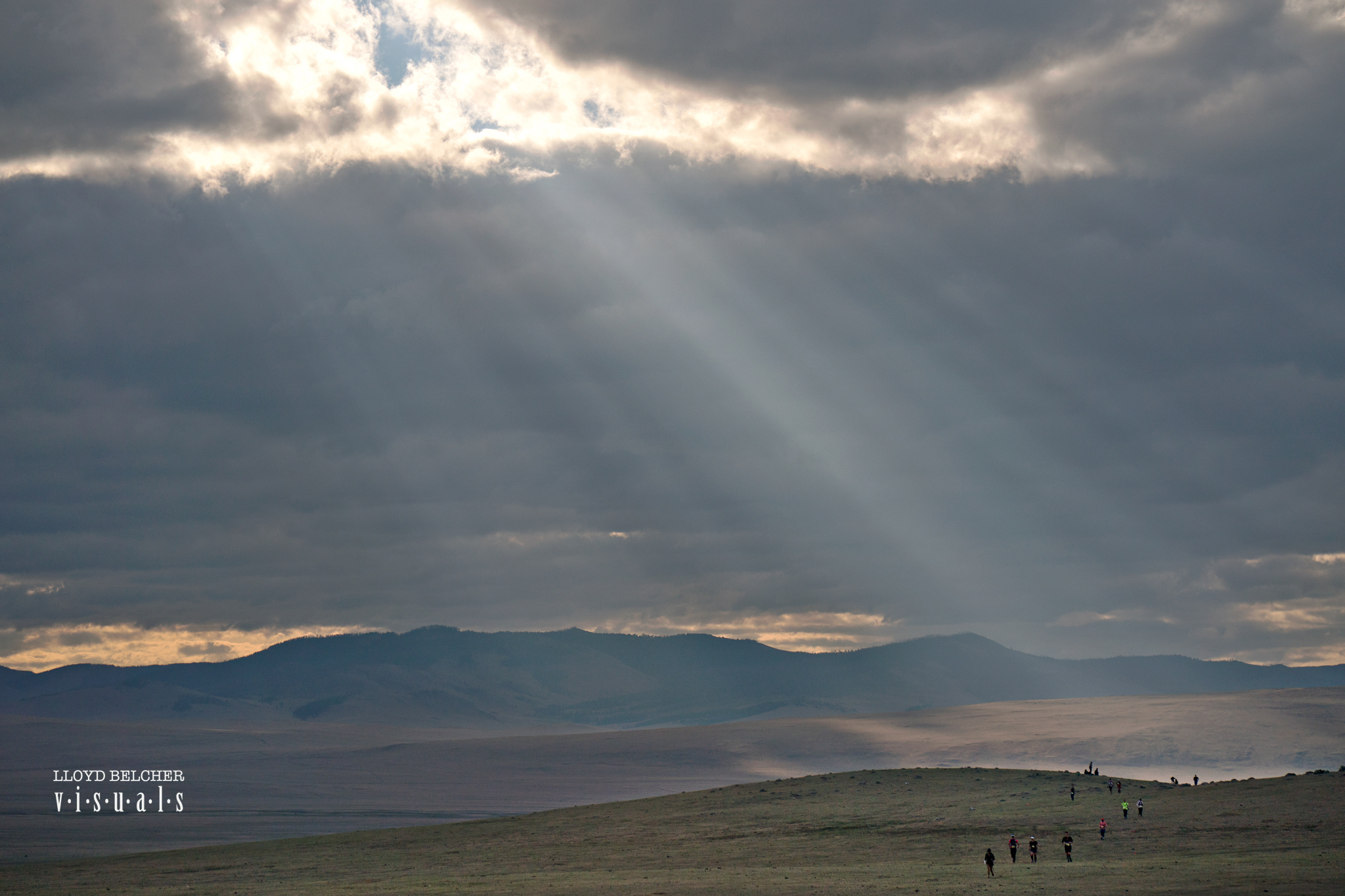
The colour tones from the A9 images are pretty spot on & didn’t think there was a need for tweeking in custom picture settings such as what I do with my Canon DSLRs where I always dial down the saturation, contrast, sharpness etc.
Lenses
Before I give my ‘verdict’ on whether I will buy this camera, I will just comment on the range of available glass. This is crucial as that sweet body amounts to jack if you haven’t got some top notch glass to shoot it with. The current challenge for the Sony cameras is the choice of available lenses. In my opinion, the Zeiss range is the best option for E Mount glass & that’s where my money has gone. But it is limited in choice. I have a range of glass to choose from for my Canon DSLRs but it’s not the case for the A9 & I don’t want to use non-native glass with an adaptor. This is a top notch camera, & if Sony can innovate & produce a range of lenses to match their impressive ability in producing camera bodies then the future looks very bright & both Canon & Nikon should be very worried indeed. But that is the future…
Verdict
Well done if you hung in there & made it this far. And so, the golden question is:
“will I be buying the A9 to take over the A7RII as my A camera?”
The answer is “No”. The A9 is undoubtedly a camera that is raising the bar in the mirrorless sports arena & if I was faced with this choice last year before I bought my A7RII then I might have taken the plunge. However, despite all the bells & whistles I still reckon the A7RII is the best value for my money with image quality and resolution. The A9 is built for speed but I’m not a speed demon & so the other features have to seduce me & frankly, there is not enough considering the almost HKD17K price difference between the A7RII & A9 [USD2,170 – as of today when I checked the HK market price]. The A7RII will still remain my camera of choice as I head to Europe to shoot some mountain races including the Ultra Trail Monte Rosa [100 miles] and then straight back to Asia for a bunch of assignments including a desert ultra race.
That’s it folks! I hope you found this review useful. Until next time…
